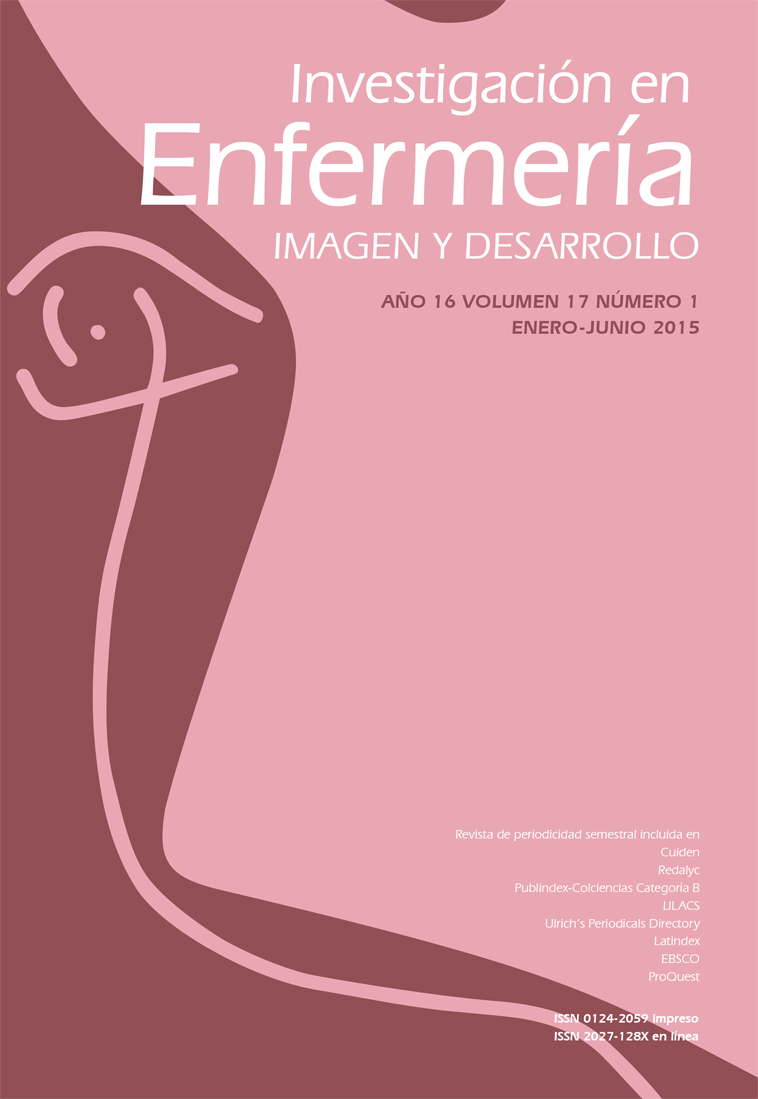Resumen
Aunque el cuidado no sea una temática nueva, su discusión sigue siendo pertinente,pues varios aspectos todavía permanecen vagos. Este texto tiene como objetivoprimordial exponer algunas de las ideas de la autora del presente manuscrito sobreel cuidado en general y cómo lo visualiza en el contexto de la enfermería. Se haceuna exposición teórica sobre el cuidar/cuidado y su interpretación de orden filosóficocon base en la fenomenología y en el holismo, en busca de contribuir a una mejorcomprensión de este fenómeno y a una práctica de la enfermería más humanista.El análisis filosófico propicia una mirada bajo la cual la autora entiende el cuidarcomo un elemento del lenguaje de la enfermería; es una forma de ser y solo sucede enpresencia de otros seres. Apoyada en otros autores, concluye que el cuidado constituyela esencia de la enfermería y se caracteriza por sus dimensiones existenciales,relacionales y contextuales.La revista Investigación en Enfermería. Imagen y Desarrollo se encuentra registrada bajo la licencia Creative Commons Reconocimiento 4.0 Internacional. Por lo tanto, esta obra se puede reproducir, distribuir y comunicar públicamente en formato digital, siempre que se reconozca el nombre de los autores y a la Pontificia Universidad Javeriana. Se permite citar, adaptar, transformar, autoarchivar, republicar y crear a partir del material, para cualquier finalidad (incluso comercial), siempre que se reconozca adecuadamente la autoría, se proporcione un enlace a la obra original y se indique si se han realizado cambios. La Pontificia Universidad Javeriana no retiene los derechos sobre las obras publicadas y los contenidos son responsabilidad exclusiva de los autores, quienes conservan sus derechos morales, intelectuales, de privacidad y publicidad.
El aval sobre la intervención de la obra (revisión, corrección de estilo, traducción, diagramación) y su posterior divulgación se otorga mediante una licencia de uso y no a través de una cesión de derechos, lo que representa que la revista y la Pontificia Universidad Javeriana se eximen de cualquier responsabilidad que se pueda derivar de una mala práctica ética por parte de los autores. En consecuencia de la protección brindada por la licencia de uso, la revista no se encuentra en la obligación de publicar retractaciones o modificar la información ya publicada, a no ser que la errata surja del proceso de gestión editorial. La publicación de contenidos en esta revista no representa regalías para los contribuyentes.


